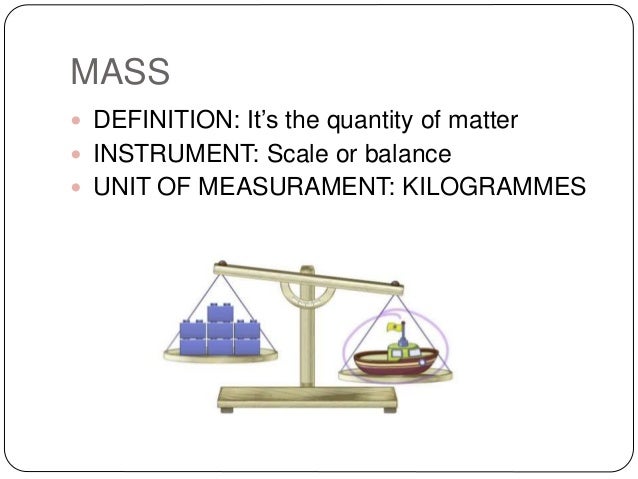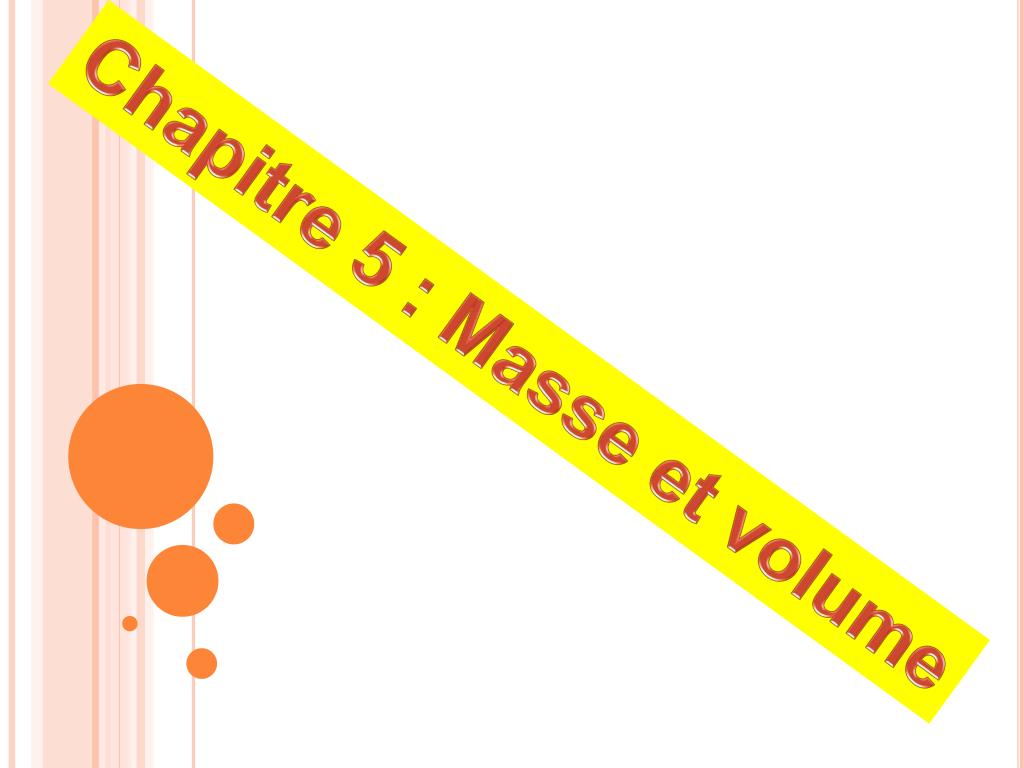

Examples include cyclic pain in an incision from a prior cesarean delivery in menstruating women as a characteristic of an abdominal wall endometrioma, use of anticoagulation medication with abdominal fullness or pain as a manifestation of a rectus sheath hematoma, multiple desmoid tumors associated with Gardner syndrome, and neurofibromas and malignant peripheral nerve sheath tumors associated with neurofibromatosis type I ( 3– 5).Ī different diagnostic approach is used for multifocal or diffuse processes in the abdominal wall. Finally, certain patient histories, symptoms, or syndromic conditions can be helpful to know in the evaluation of abdominal wall masses. Although lipomas have characteristic homogeneous or near-homogeneous fat composition, differentiating liposarcoma from atypical lipomas can be challenging. Desmoid tumors, metastases, endometriomas, and sarcomas typically manifest with some degree of enhancement, whereas lipomas have fat composition. In part, this is reflective of desmoid tumors being much more common in women and abdominal wall endometriosis being exclusive to women ( 1). One surgical study ( 2) showed that abdominal wall masses in patients who were referred for resection showed a similar distribution of the three most common histologic diagnoses at resection, in descending order of frequency: desmoid tumor, soft-tissue sarcoma, and dermatofibrosarcoma protuberans.Ībdominal wall masses for which patients undergo imaging are more common in women than in men. It was unclear if the lesions in this cohort were clinically palpable masses, masses incidentally discovered at imaging, or a mix of both. Overall, a slight majority of abdominal wall lesions were benign (211 benign, 154 malignant). In a radiologic study ( 1) of 365 patients who were referred to a sarcoma clinic for evaluation of an abdominal wall mass, the five most common masses in order of decreasing frequency were desmoid tumors (30% of the cohort), sarcomas of any type (20%), metastases (18%), lipomas (6%), and endometriomas (4%). Next, the internal composition of the mass should be determined (eg, fat, fluid, solid, or fibrous composition). Evaluation of the mass first includes confirmation that the mass is not a masslike process, such as a hernia. In either scenario, knowledge of common abdominal wall abnormalities and the patient’s history guides the interpreting radiologist to make an accurate diagnosis or differential diagnosis.ĭiscrete abdominal wall masses can be evaluated on the basis of their composition. Thus the abdominal wall and subcutaneous tissues should be included in the radiologist’s search pattern.

In addition, such masses, masslike processes, and diffuse abdominal wall masses can be encountered incidentally at cross-sectional imaging. Imaging is frequently performed for evaluation of palpable abdominal wall masses and masslike lesions. Online supplemental material is available for this article. This article offers an algorithmic approach to characterizing abdominal wall masses on the basis of their composition and reviews abdominal wall diffuse processes. The most frequently found diffuse processes are multiple injection granulomas from administration of subcutaneous medication.

Multiple masses and other diffuse abdominal wall processes are often manifestations of an underlying condition or insult. Solid masses are the most common abdominal wall masses and include desmoid tumors, sarcomas, endometriomas, and metastases. Fluid or cystic masses include postoperative abscesses, seromas, and rectus sheath hematomas.

The most common fat-containing masses are lipomas. Once a discrete mass is confirmed to be present, the next step is to determine if it is a fat-containing, cystic, or solid mass. Hernias may mimic discrete masses at clinical examination, and imaging is often ordered for evaluation of a possible abdominal wall mass. The authors present a diagnostic algorithm that may help in distinguishing different types of abdominal wall masses accurately. Distinguishing among these types of masses on the basis of imaging features alone can be challenging. Abdominal wall masses, masslike lesions, and diffuse processes are common and often incidental findings at cross-sectional imaging.


 0 kommentar(er)
0 kommentar(er)
